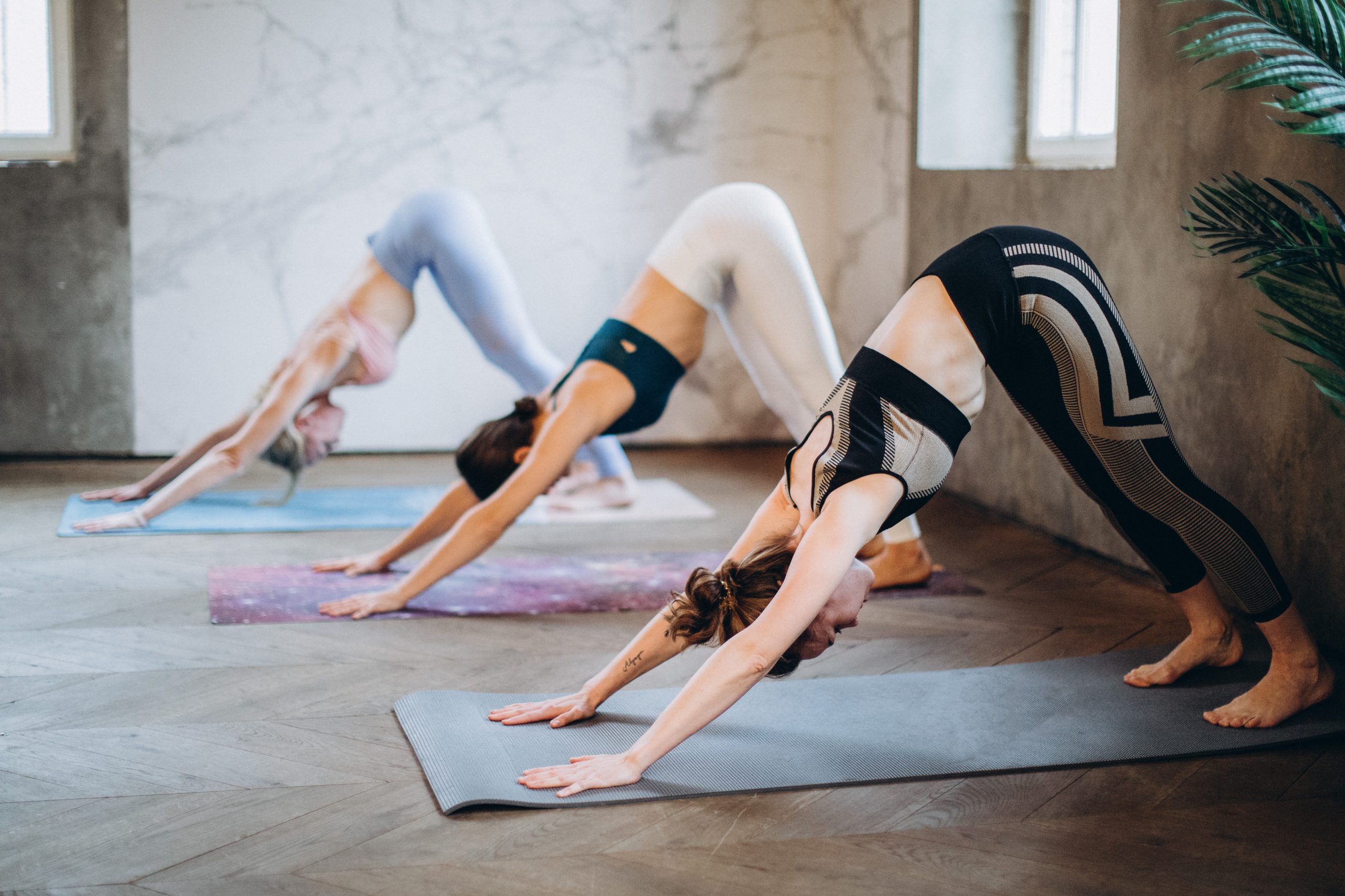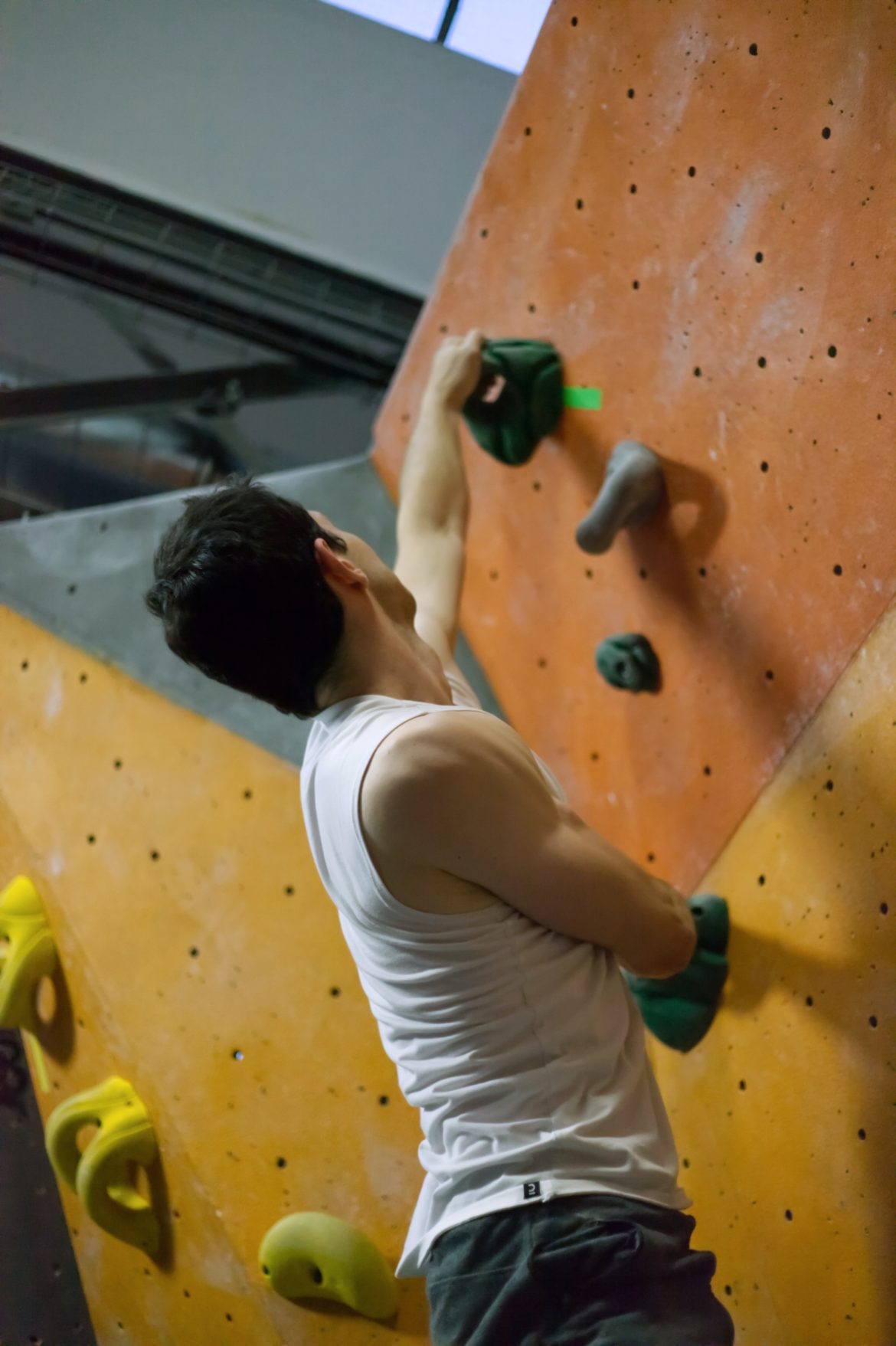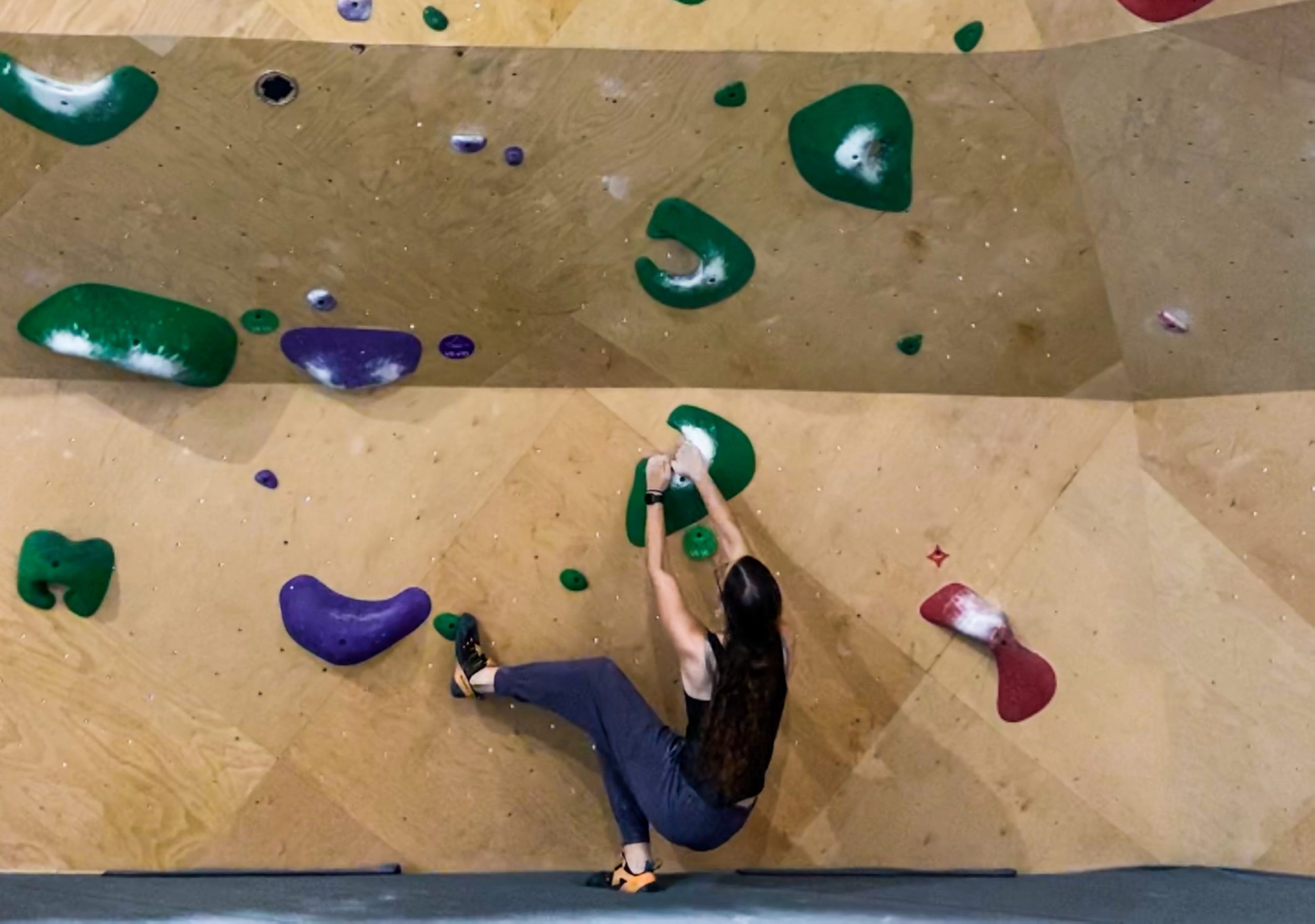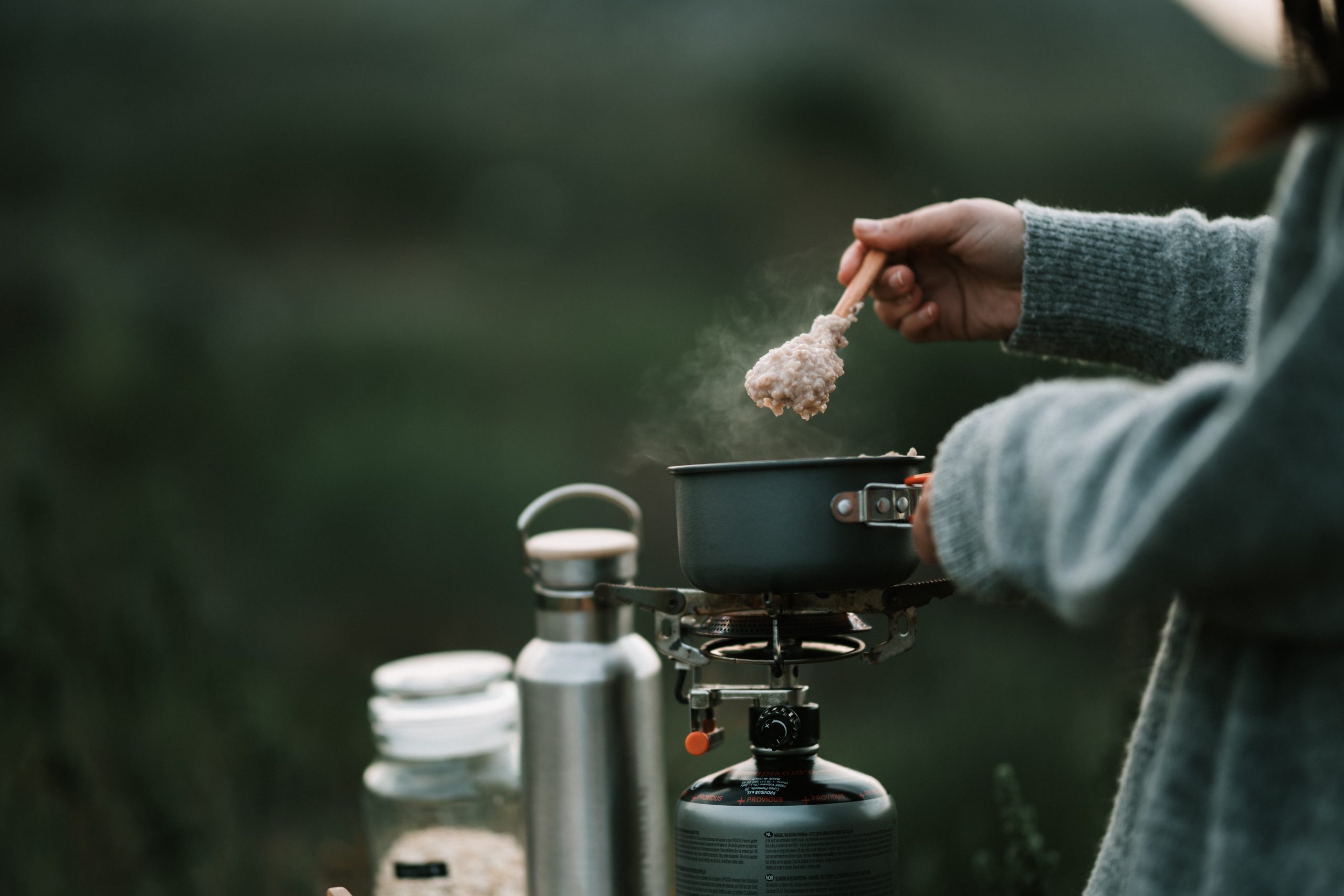Yoga and rock climbing are completely different activities, but they are also surprisingly complementary!
Rock climbing requires flexibility, core strength, balance, and mental strength. If you find yourself lacking in a particular area, try cross-training with yoga. Yoga is known for improving flexibility, and it is also an amazing strength/stability exercise. If you’d like to focus on the mental part of climbing, yoga can help you there as well.
Remember – you don’t have to practice yoga every day, or even every week, for it to benefit you as a rock climber. You can start out by using simple yoga stretches to recover after a tough climbing session. Another option would be finding a yoga class nearby and trusting the teacher to guide you. If you end up enjoying your time practicing yoga, practice it as much as you’d like. Listen to your body and decide what feels right for you for that day.
I’ve been cross-training yoga and rock climbing for a while now, and I try to take note of the stretches that help me the most. Check out these 7 stretches and try them out after your next climbing session.
downward-facing dog

Downward-facing dog is one of the most widely-used yoga poses, due to its inclusion in many popular yoga sequences around the world. While it can feel uncomfortable at first, it’s known to relieve back pain and open up the chest and shoulders. It definitely takes a while to get used to this pose. You can count on downward-dog to relieve tightness in the upper body and improve flexibility in the lower body. Rock climbers can even use downward dog as a pose to help them stretch and recover in between climbs.
warrior II

The warrior poses must be popular for a reason! Warrior II is a favorite of mine because it challenges my balance while also providing a good stretch. This yoga pose will mainly work your quads, hamstrings, and calves. If you can hold Warrior II for an increasingly long amount of time, you will start to see improvement in your stability. This is great for rock climbing, which also requires strength and stability. Don’t forget to take advantage of the calming/rounding effects of yoga as well.
tree pose

While tree pose does not directly mirror the movement you would be making on the rock wall, it is useful for yoga-to-climbing cross-training. As we mentioned before, yoga and rock climbing share two major skill requirements: strength and stability. Tree pose helps you build both! I love tree pose because it allows you to really focus on the tinier stabilizer muscles in your body. It’s easy to build up your glutes and quads, but it can be harder to grow your secondary muscles that are also needed to maintain balance. Also – tree pose is great for building concentration. It takes a lot of focus to stay balanced on one leg for an extended amount of time. It also takes that high level of concentration to balance your body while climbing!
eagle pose

I like to think of eagle pose as a slightly more complex version of tree pose, and I love how my body feels when I practice this pose. I feel a lot of upper body relief after climbing when I do this pose, as well. Eagle pose involves crossing your arms and legs around each other and compressing your body into itself. This pose requires a lot of mobility, and will build up your mobility over time. This means that you will also experience more mobility on the rock wall. Your hips might feel more flexible and strong, as well as your knee, elbow, and shoulder joints.
bridge pose

One huge benefit of bridge pose is the relief you get in your spine. This pose will gently stretch your spine and give it more mobility, which is something we lose if we try to push ourselves too hard while climbing. Spinal mobility is absolutely crucial for rock climbers, which is why the bridge pose is a great too to have in our recovery toolbox. if we can’t twist and move freely on the wall, we’re in a lot more danger of injuring ourselves. Try out bridge pose at the end of a workout as a way to cool down and increase your mobility over time.
child’s pose

These last two yoga poses for rock climbers are often overlooked because they look so easy. Looking at child’s pose, you might think that all you’re doing is bending at the hips and looking silly. Before you doubt, try it out! Rock climbers love child’s pose because it specifically does a lot for your back and shoulders. Rock climbing puts a lot of strain in those areas, and child’s pose is designed to release that tension. You can incorporate this pose into warm-ups, cool-downs, or any time in between workouts. Remember to listen to your body and make sure not to push your body too far (especially while stretching).
corpse pose

Okay, yes, this pose looks almost too simple to be considered a real yoga pose. However, many yogis say that corpse pose is more difficult than many other poses they practice. This is because lying down and doing nothing is harder than moving through a set of challenging poses. Most people enjoy the challenge of balancing in tree pose or stretching through downward dog, but they struggle to relax into corpse pose. Doing nothing is hard – especially for those of us who are used to constant stimulation we get from our phones and other external sources. Give it a try and see how long you can last (without falling asleep).
in conclusion
While you have the option to do all of these poses statically or dynamically, I prefer to use them as static stretches. After a long day of work, slow flow yoga is extremely calming. These poses will give help to relieve your stress and cool down after a long day. They can also get you warmed up and ready to go in the beginning of the day.




2 thoughts on “7 of the Best Yoga Poses for Rock Climbing”
Comments are closed.